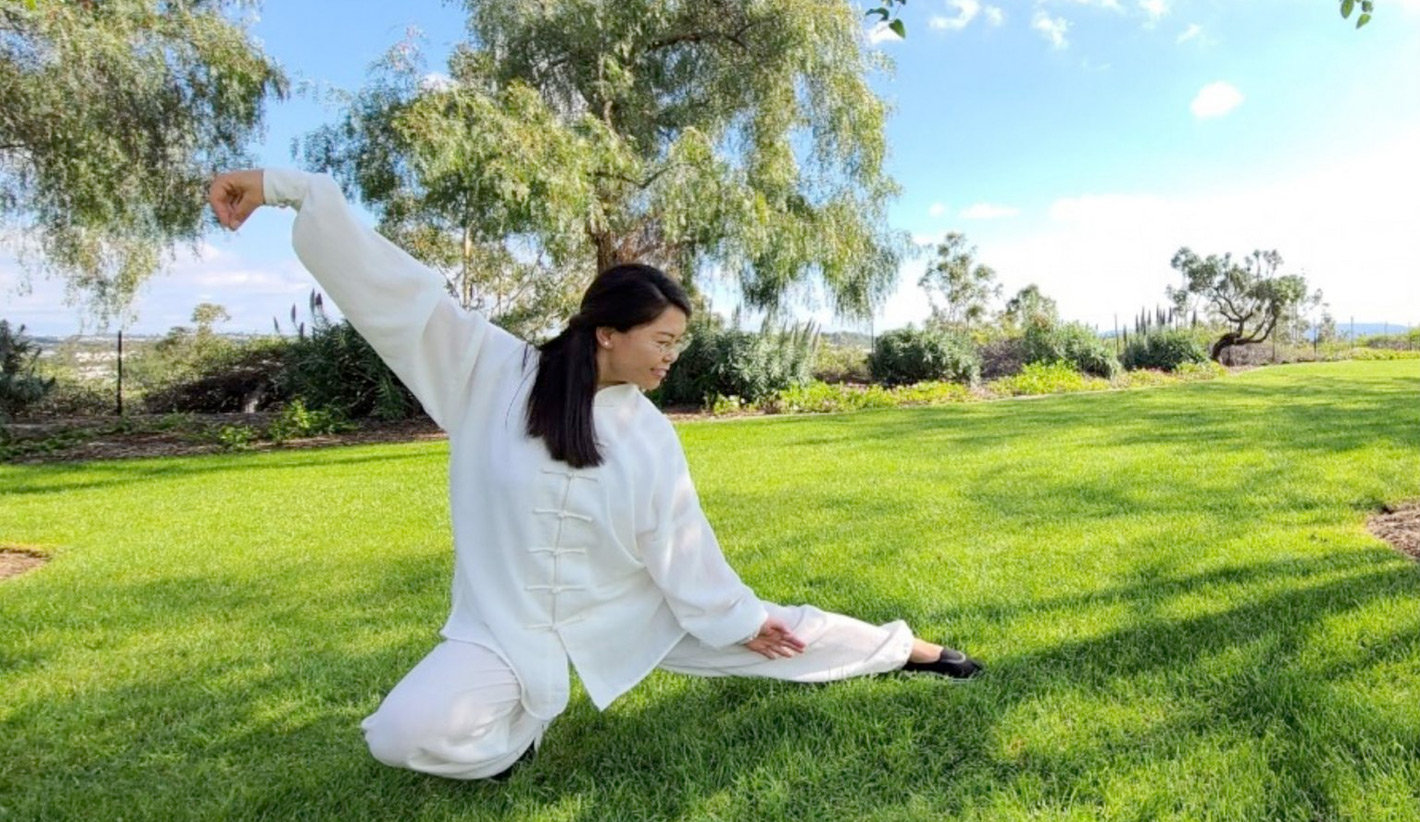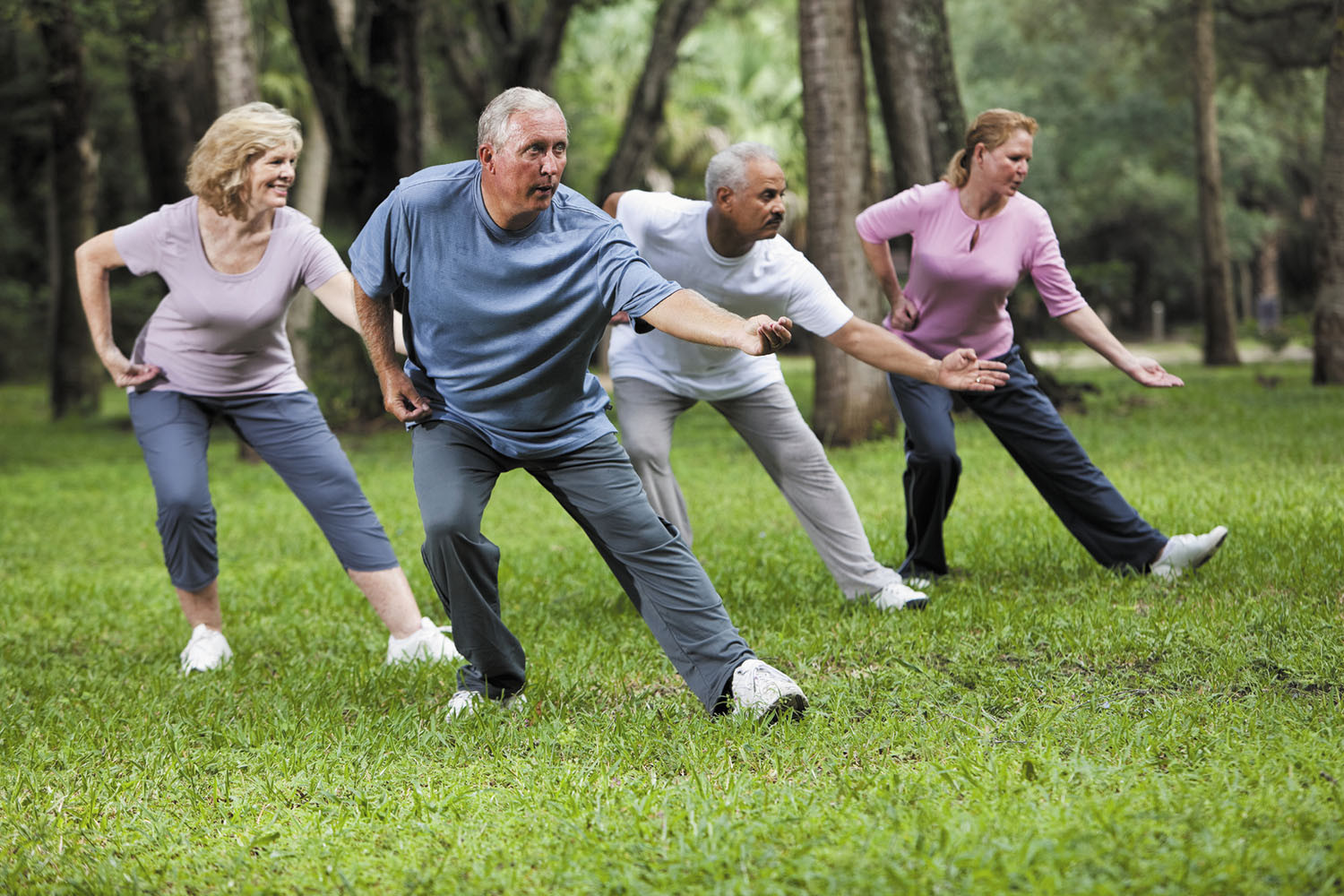Contents
Is Tai Chi Good Exercise?

Absolutely! Tai Chi packs a powerful punch of benefits in a gentle package. Think graceful movements that boost your heart, build strength and flexibility, and melt away stress.
It’s like a low-impact dance party for your body and mind, improving balance, coordination, and even bone density. Plus, it’s kind to your joints, making it suitable for everyone from fitness newbies to seasoned athletes.
So, skip the gym and embrace the flow of Tai Chi. Your body and mind will thank you for it!
Benefits of Tai Chi:
Tai Chi is not just another trendy exercise. It offers a plethora of benefits for both your mind and body. Let’s explore some of the incredible advantages of incorporating Tai Chi into your fitness routine:
Improved Balance and Flexibility: Tai Chi incorporates slow, controlled movements and shifting of weight, which engages the muscles and joints. Regular practice can help improve your balance and flexibility, reducing the risk of falls and injuries, especially in older adults.
Stress Relief and Mental Well-being: In today’s fast-paced world, stress has become a part of our daily lives. Tai Chi provides a much-needed escape from the pressures of daily life, allowing you to focus on deep breathing, relaxation, and mindfulness. It promotes mental clarity, reduces anxiety, and helps you achieve a state of inner calm.
Enhanced Strength and Endurance: Despite its gentle appearance, Tai Chi is a low-impact exercise that engages multiple muscle groups. The slow, deliberate movements require you to use your muscles to maintain proper posture and stability. Over time, this builds strength and endurance, improving your overall physical fitness.
Cardiovascular Fitness: While Tai Chi may not give you the same intensity as a high-intensity cardio workout, it still offers cardiovascular benefits. The combination of deep breathing and fluid movements increases oxygen intake, improves heart health, and boosts circulation.
Joint Health: Tai Chi is known for its gentle, flowing movements that don’t put excessive stress on the joints. This makes it particularly suitable for individuals with joint conditions like arthritis. Regular practice can help reduce joint pain, stiffness, and improve overall joint flexibility.
Weight Management: Engaging in regular physical activity is vital for maintaining a healthy weight. Tai Chi burns calories and helps you shed those excess pounds. Combined with a balanced diet, it can be an effective tool for weight management.
Improved Posture and Body Awareness: Tai Chi emphasizes proper alignment and posture, which can help correct postural imbalances and relieve muscular tension. Through mindful movement and body awareness, you can develop better posture and alignment both during exercise and in daily activities.
Boosted Immune System: Stress and a sedentary lifestyle can weaken the immune system, making you more susceptible to illnesses. Regular practice of Tai Chi has been shown to increase the activity of natural killer cells, a type of white blood cell that helps protect against viral infections and cancer.
How to Get Started with Tai Chi?

If you’re looking to incorporate Tai Chi into your fitness routine, here are four tips to help you get started, regardless of your age or fitness level.
1. Choose the right form: Tai Chi offers various styles, and it’s important to select the one that suits you best. The Chen style is the oldest and includes fast alternating movements, while the Yang style is the most popular and is characterized by slow, steady movements.
2. Find a qualified instructor: Learning Tai Chi from an experienced and knowledgeable instructor is crucial. Look for certified instructors who have expertise in teaching Tai Chi and can guide you through the proper techniques and movements. They can also help tailor the practice to your specific needs and goals.
3. Start with the basics: Like any new exercise, it’s important to start with the fundamentals. Begin with learning the basic stances, postures, and movements of Tai Chi. Focus on proper body alignment, breathing techniques, and cultivating a relaxed mindset.
4. Be consistent: Consistency is key when it comes to reaping the benefits of Tai Chi. Aim to practice regularly, ideally a few times a week. Start with shorter sessions and gradually increase the duration as your stamina improves.
By following these tips and consistently practicing Tai Chi, you can unlock the numerous benefits it offers. From improved balance and flexibility to reduced stress and enhanced mental clarity, Tai Chi can be a valuable addition to your fitness routine.
Frequently Asked Questions:
How often should you do tai chi?
You can practice tai chi as often as you want. Since it’s not high-intensity exercise, you can safely do 20 minutes of tai chi every day without needing a day to recover.
Is 10 minutes of tai chi enough?
Even five to ten minutes of regular tai chi can benefit you. Performing the basic moves for a short period each day can produce positive health results.
How long does it take to see results from tai chi?
Studies have shown that three to twelve weeks of regular tai chi practice can lead to significant improvements in fatigue, sleep difficulty, depression, and overall quality of life.

Hello, I’m Ravindra. Over the years, I’ve immersed myself deeply into the world of fitness and health, transforming both my body and mind. Writing has allowed me to share my journey, insights, and expertise with those just starting out and seasoned fitness enthusiasts alike. Beyond just routines and diets, I believe in inspiring others to adopt a holistic approach to well-being.
